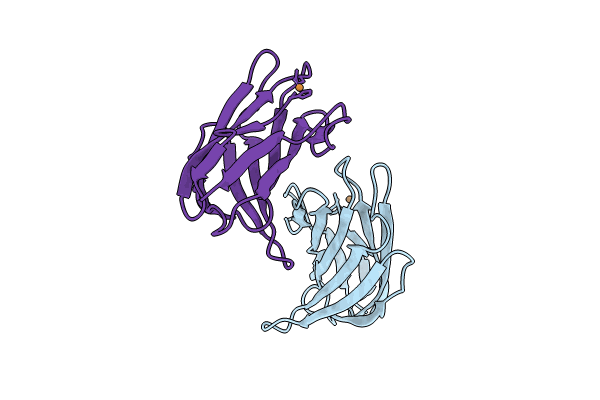
Deposition Date
2023-10-17
Release Date
2024-02-07
Last Version Date
2024-02-21
Method Details:
Experimental Method:
Resolution:
1.95 Å
R-Value Free:
0.23
R-Value Work:
0.20
R-Value Observed:
0.21
Space Group:
P 63 2 2


